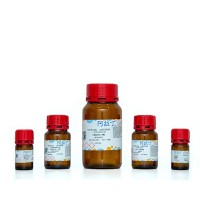Of critical importance to many of the events underlying transcriptional control of gene expression are modifications to core and linker histones that regulate the accessibility of trans -acting factors to the DNA substrate within the context of chromatin. Likewise, control over the initiation of DNA replication, as well as the ability of the replication machinery to proceed during elongation through the multiple levels of chromatin condensation that are likely to be encountered, is almost certain to involve the creation of chromatin accessibility. In the latter case in particular, chromatin access will likely need to be a transient event so as to prevent total genomic unraveling of the chromatin that would be deleterious to cells. While there are many molecular and biochemical approaches in use to study histone changes and their relationship to transcription and chromatin accessibility, few techniques exist that allow a molecular dissection of the events underlying DNA replication control as it pertains to chromatin changes and accessibility. In this review, we outline a novel experimental strategy for addressing the ability of specific proteins to induce large-scale chromatin unfolding (decondensation) in vivo upon site-specific targeting to an engineered locus. We have used this system successfully to directly address the ability of DNA replication proteins to create chromatin accessibility and have incorporated modifications to the basic approach that allow for a molecular genetic analysis of the players involved in causing chromatin decondensation by a protein of interest. Here, we briefly describe the nature of the experimental system, its history, and a basic protocol for using the system. Alternative approaches involving co-transfections, concurrent drug treatments, and analysis of co-localizing histone modifications are also addressed, which are useful for extending basic findings to physiological mechanisms.






